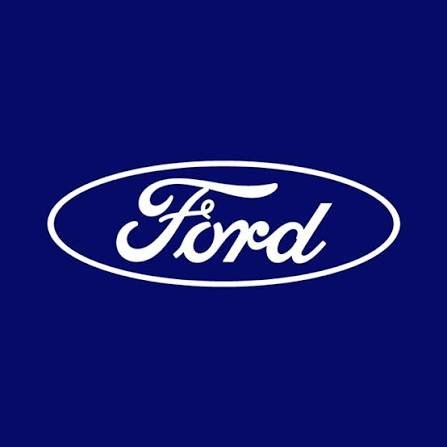Early key point of fords history :
The assembly line and mass production
- Foundation of the company: Henry Ford founded the Ford Motor Company in Detroit, Michigan, on June 16, 1903, with an initial investment of $28,000.
- The moving assembly line: In 1913, Ford introduced the world's first moving assembly line for automobile production at his Highland Park factory. This innovation dramatically reduced the time it took to build a car, from over 12 hours to just 93 minutes by 1914.
- "Fordism": The term refers to Ford's revolutionary system of large-scale production coupled with higher wages for workers. This efficiency enabled Ford to lower the price of his cars, making them affordable for the average American middle-class family.
- $5 day wage: In 1914, Ford famously doubled the standard factory wage to $5 per day. This motivated workers, reduced high employee turnover, and enabled many of his employees to afford the cars they were building, thereby expanding the consumer market.
Iconic vehicles
- Model T (1908–1927): Nicknamed the "Tin Lizzie," the Model T was conceived as a reliable and affordable car for the masses. More than 15 million were sold, and for a time, it accounted for half of the cars on the road worldwide. Its durable design allowed it to operate on the rough roads of the era.
- Model A (1927–1931): After an 18-month factory retooling to develop a replacement for the aging Model T, the new Model A was introduced. It was the first Ford to wear the now-iconic Blue Oval logo and sold over 5 million units.
- Ford V8 (1932): The company introduced the first low-priced car with a powerful V8 engine. This affordable V8 became a hit with American consumers who craved more horsepower and would later be a favorite of hot-rodders.
- F-Series (1948–present): The F-Series pickup truck was introduced after World War II and quickly became a market success. Since 1982, it has been the best-selling vehicle in the United States.
- Mustang (1964): Ford launched the Mustang at the 1964 World's Fair, creating the "pony car" class of affordable, sporty coupes. It was an enormous success and quickly became a cultural icon.
Corporate developments
- Lincoln acquisition (1922): Ford acquired the Lincoln Motor Company, a luxury car manufacturer, from founder Henry M. Leland. The acquisition expanded Ford's portfolio into the higher-end market.
- World War II production: Ford converted its immense River Rouge and Willow Run factories to produce military equipment for the war effort, including Jeeps, B-24 Liberator bombers, and tanks.
- Henry Ford II's leadership: In 1945, Henry Ford's grandson, Henry Ford II, took over the struggling company. He modernized management practices and led Ford back to profitability in the post-war era.
- The Edsel failure (1958–1960): A notable historical low point for the company was the introduction of the Edsel, a mid-priced car that was a commercial disaster. The name "Edsel" became synonymous with marketing failure.
- Financial crisis of 2008: Ford was the only one of the "Big Three" U.S. automakers to avoid a government bailout during the recession. The company was able to manage its finances through restructuring and by mortgaging its corporate assets to secure credit.

